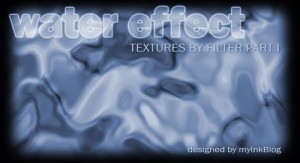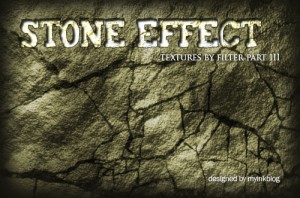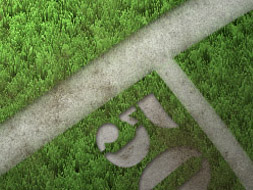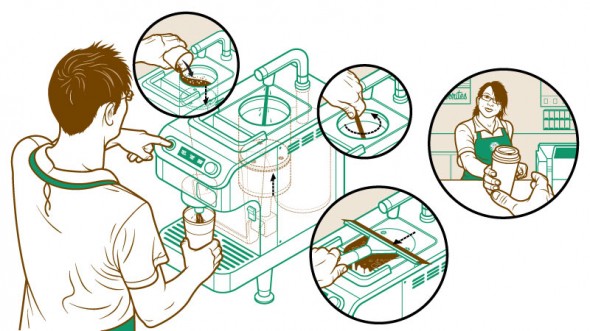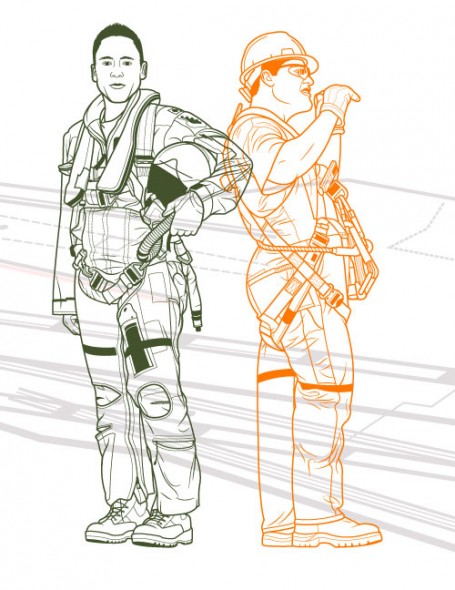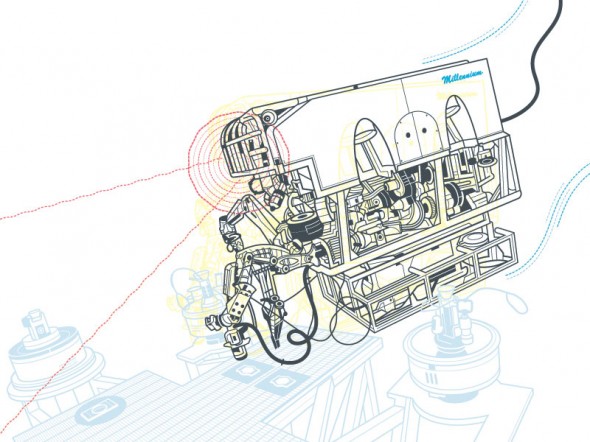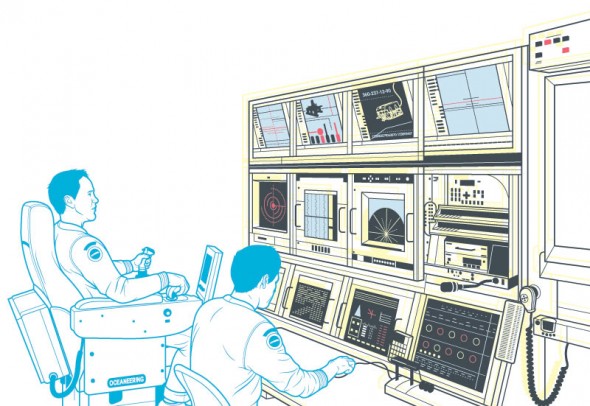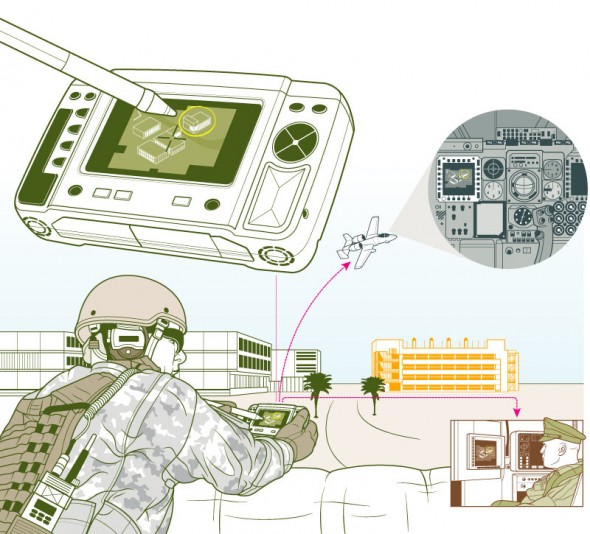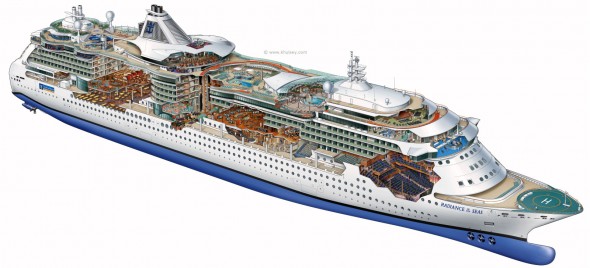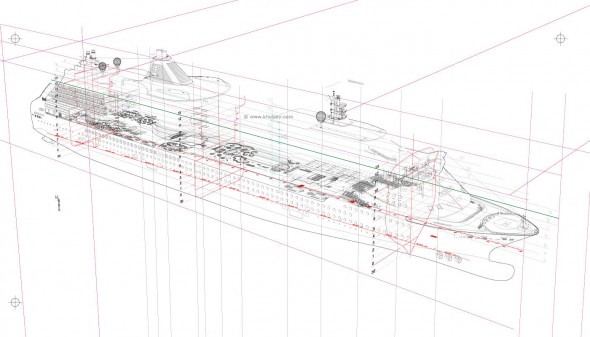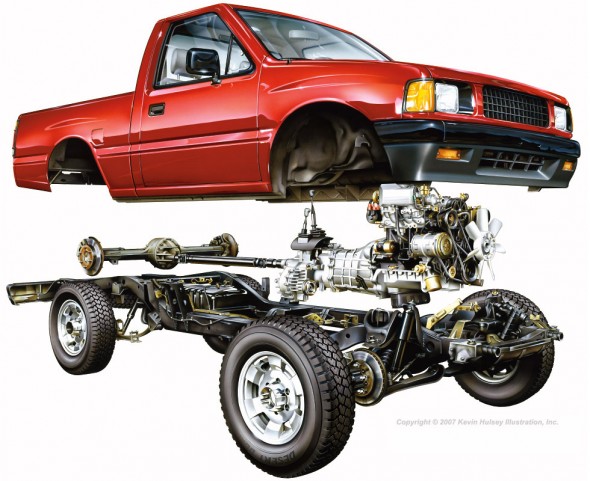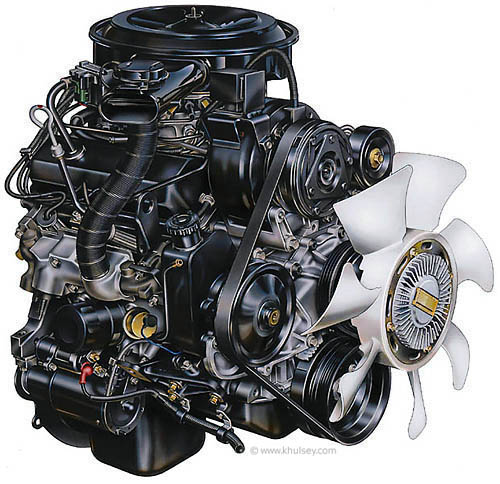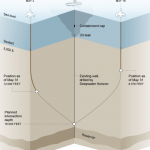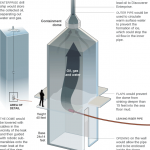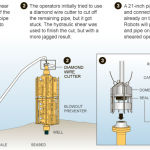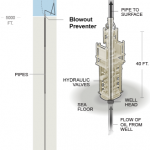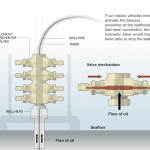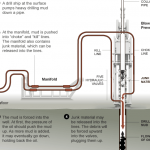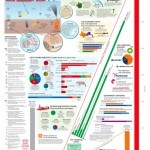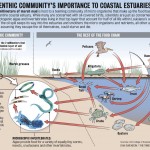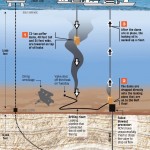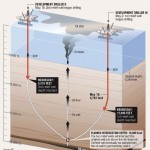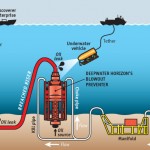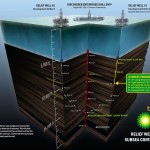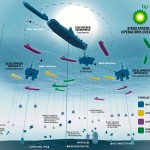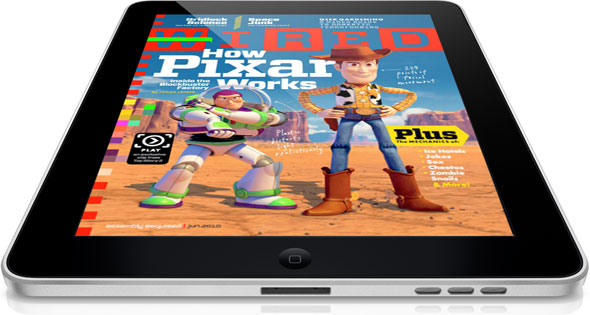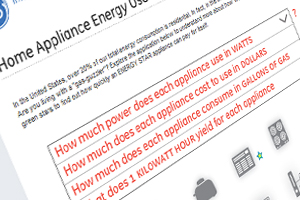![]()
It has been two weeks since the ICON Illustration Conference in Pasadena (previously), and it was a blast. I’ve been so busy catching up on work that I haven’t had the time for a debriefing. Sooo:
The Future of Publishing
With the majority of attendees dependent on work from magazines and newspapers, the unofficial theme of the conference was The Future of Publishing. The opening keynote set the tone (video in two parts, here and here). In short, publishing isn’t dead, it’s just changing and paying customers are demanding richer experiences.
By now, all newspapers and magazines have websites, and some release editions for Apple’s iPad. While a static image looks just as beautiful onscreen as it does in print, animation and interactivity unlock the full potential of these technologies and deliver more immersive experiences for readers. Every illustrator doesn’t need to become a classical animator, but new opportunities will certainly open up for those with the skills to bring some motion or interactivity to their images.
This was cause for much trepidation.
Business Practices
There were some great presentations on contract literacy, price negotiation, branding, marketing and the Orphan Works Act. The showstopper though, was the introduction of a rights management system called PLUS (Picture Licensing Universal System).
PLUS is a non-profit coalition of publishers and industry associations. The system combines metadata embedded invisibly into images with a third party database that would keep track of the copyrights associated with each image. This plugs into a publisher’s asset management system and informs them of the printing rights they own for a particular image, the duration of these rights, and how to contact the creator for additional rights. The system also includes a reverse image search (similar to TinEye) to locate the origin of an image without metadata. Neat stuff.
Social
ICON went beyond social drinking; Social media, viral videos, blogging, microblogging, linking in, flickring, tumbling, buzzwords abound. I’m not sure that anyone’s made any sense of it all, but it’s nice that illustrators can finally be solitary and isolated and social at the same time.
In Conclusion
Though not specifically for technical illustrators, I had a great time at ICON. I met some great people (hey Troy, Jude, Gary, Edel, Carl, Brian, Jennifer, Jeremy, Rod, Topher, Chloé, Jeehyun, Chris, Chris & Chris and anyone I’ve forgotten) and learned a thing or two. But mostly, got really excited about what I do and the possibilities out there.
Check out Escape From Illustration Island for extended coverage, interviews and videos!
